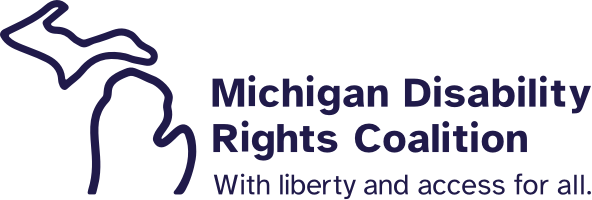Point Louder!
Wednesday, September 27, 2017

 While facilitating a training session with a group, I was told to “point louder”, a humorous way to let me my pointing was not effective communication, since some members of the group were blind.
While facilitating a training session with a group, I was told to “point louder”, a humorous way to let me my pointing was not effective communication, since some members of the group were blind.
Audio description is the auditory narration of visual representations such as television programs, films and live performances. During gaps in dialogue, it describes visual elements such as scenes, settings, actions and costumes. Audio description is also called “video description” and “descriptive narration”. It is particularly beneficial to people who are blind and vision impaired and can help people with other print, learning and physical disabilities.
Here’s an example of a video with audio description on YouTube: The Hunger Games with audio description Katniss hunting, from Media Access Australia.

Ideally, audio description would be a separate audio track, which can be accessed by assistive devices and/or toggled on or off as needed. On YouTube now, you can turn on and off closed captions, but you can’t turn audio description on and off. If you want to provide an accessible video on YouTube, you’d have to produce two versions, one with audio description and one without.
Finding described television shows has become much easier. As part of the Twenty-first Century Communications and Video Accessibility Act of 2010, several of the most popular television networks have made certain prime-time and children’s programs accessible to viewers with vision loss by adding audio description.
A number of on-line streaming video services, like Amazon and Netflix now offer audio description. A good way to learn about these and new services as they become available is through updates from the The Audio Description Project: An Initiative of the American Council of the Blind.
Audio description is a bit of an art. I’ve attempted it. It can be difficult to determine what descriptions will be adequate for understanding, yet still flow nicely in the gaps in dialogue in a video.
In video and in person, it’s important to remember to point louder in order to achieve effective communication!
Resources
- All About Audio Description A wealth of information on everything to what audio description is, to why to use it and how to promote it’s use!
- Listen to a 9-minute audio on Video Description for Television,
or listen to the full 24-minute podcast on Audio Description: Where and How?

